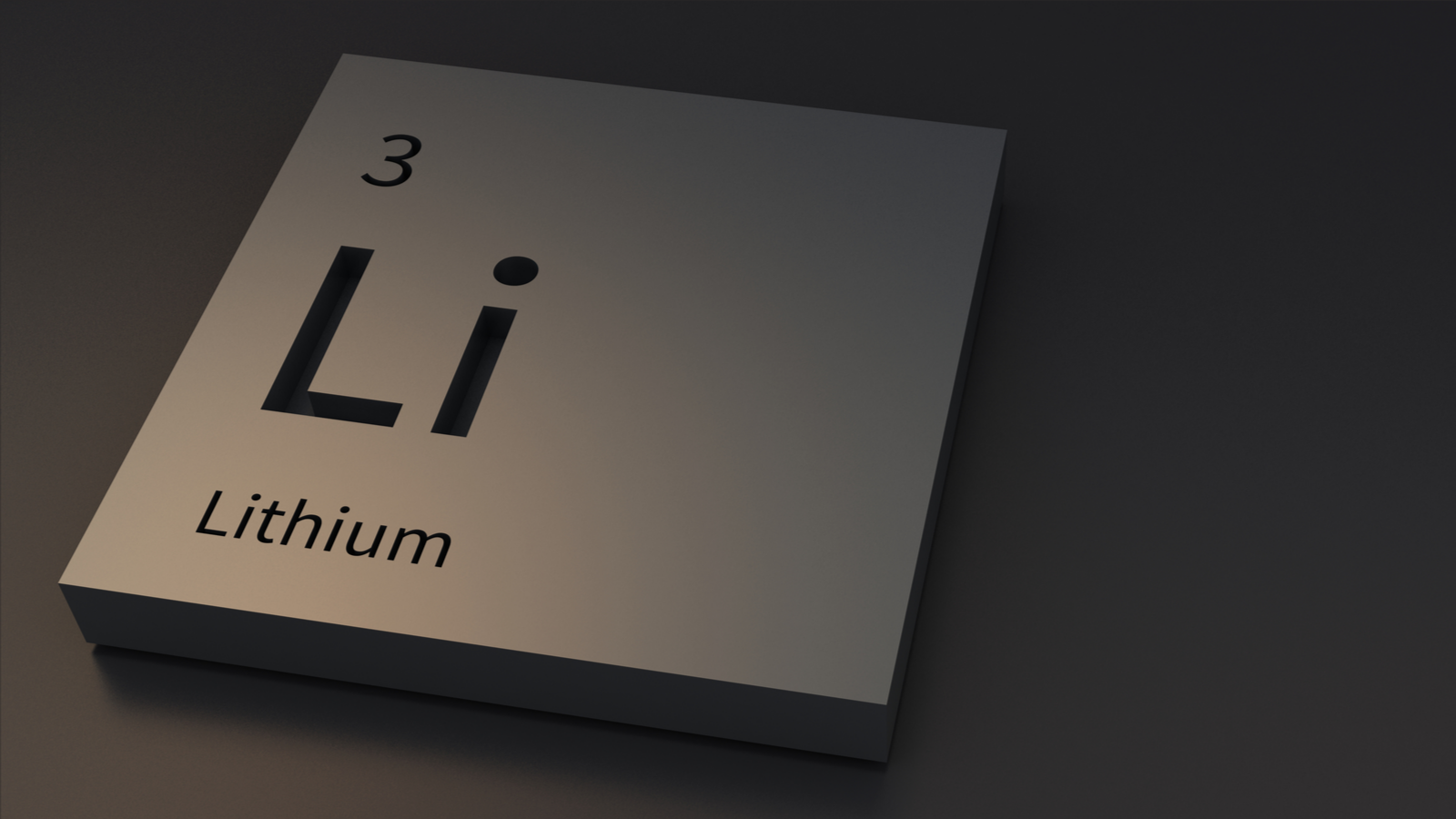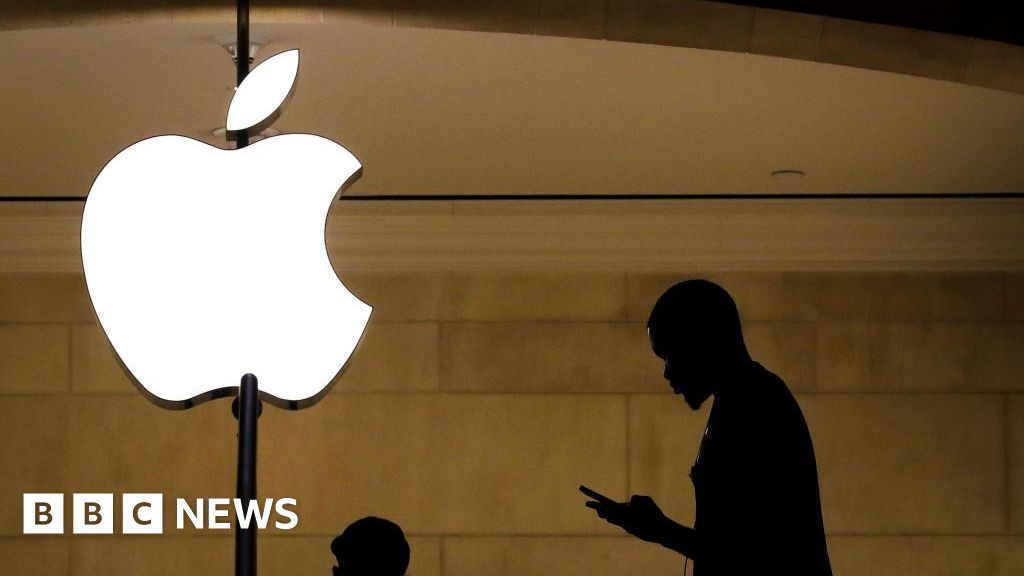(Reuters) – Goldman Sachs said on Friday the recent slip in commodities prices driven by the U.S. Federal Reserve’s decision to bring forward projections for interest rate hikes into 2023 was a buying opportunity for investors.
“The bullish commodity thesis is neither about inflation risks nor Fed forward guidance. It is about scarcity and strong physical demand,” the Wall Street bank said in a note.
Physical scarcity, caused by robust demand growth and inelastic supply, could drive Brent crude oil prices to average $80 in the third quarter, with potential spikes above that level, Goldman analysts wrote.
Prices of commodities including oil, gold and copper fell as the U.S. dollar surged on the Federal Reserve’s outlook on interest rate hikes. [O/R] [GOL/] [MET/L]
But oil prices were still close to multi-year highs, while gold has since seen a slight rebound, and copper was en route to its biggest weekly decline since March 2020.
The copper market also remains on course for deficit conditions both over the remainder of this year and into 2022, the bank said, adding recent dips should be viewed as a longer-term buying opportunity.
A recovery in commodities markets excluding energy markets, however, is likely to be slower than from recent sell-offs as transient shocks from weather and Chinese-mandated repositioning have generated negative technical breakthroughs, Goldman warned.
Earlier this month, China’s state planner renewed a pledge to step up monitoring of commodity prices and strengthen supervision of spot and futures markets, as producer inflation in the country hit over 12 year-highs.
Goldman also viewed gold as under-valued relative to both real and nominal fundamentals.
“In fact, gold is now pricing a Goldilocks scenario of strong growth without any inflation, implying limited demand for it as either a defensive asset or inflation hedge.”
Reporting by Nakul Iyer in Bengaluru; Editing by Mark Potter





